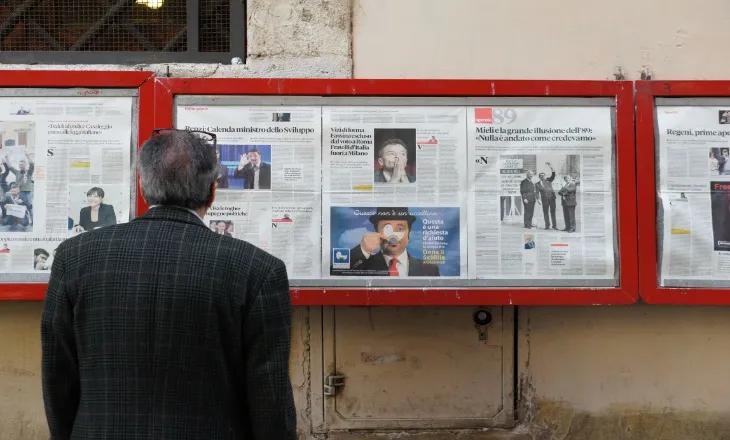Quality healthcare in India is now accessible only to well-heeled owing to sky rocketing private healthcare costs in the country.
India, although known as the pharmacy of the developing world due to a strong domestic generic drug industry has seen the cost of healthcare gallop in recent years.
The cost of treatment in both rural and urban areas has risen more than 10 percent annually which is faster than the rate of inflation.
As much as 86% of rural population and 82% of urban population were still not covered under any scheme of health expenditure support. The government, however, was able to bring about 12 percent urban and 13 percent rural population under health protection coverage through various government schemes, according to an NSSO survey on Health.
What is universal health insurance?
A universal health insurance implies (not officially notified by the government) that citizens of India who wish
(will primarily be targeted at economically weaker sections) can opt for a cashless health insurance cover via state insurer or otherwise.
How will it be implemented?
The scheme which is still in works will leverage the Direct Transfer Benefit (DBT) scheme of the government. DBT scheme was rolled out by the government to ensure that all benefits involving cash transfers reach the individual’s bank accounts electronically minimizing intermediaries and therefore leakages. All cash benefits of various different government policies can directly be wired to the bank accounts of beneficiaries under this DBT.
What government healthcare insurance schemes are already underway?
Rashtiya Swasthiya Bima Yojana (RSBY)
Objective: Health insurance cover to below poverty life households. Beneficiaries are entitled to hospitalization coverage up to Rs. 30,000/- for most diseases that require hospitalization.
Employment State Insurance Scheme (ESIS)
The main benefits provided under ESI Scheme are:
• Sickness Benefit
• Disablement Benefit
• Dependants’ Benefit
• Maternity Benefit
• Medical Benefit
Besides the above, other benefits being provided to the beneficiaries are
Confinement Expenses, Funeral Expenses, Vocational Rehabilitation, Physical
Rehabiliation, Unemployment Allowance (RGSKY) and Skill Upgradation Training
under RGSKY
Central Government Health Scheme (CGHS)
Objective: To provide medical insurance for serving and retired central government employees and their families
Aam Aadmi Bima Yojana (AABY)
Objective: To provide health insurance cover to those breadwinner of the those families that are below poverty line. The premium to be charged initially under the scheme will be Rs.200/- per annum per member for a cover of Rs.30,000/-, out of which 50% will be subsidized from the Social Security Fund . In case of Rural Landless Household (RLH) remaining 50 % premium shall be borne by the State Government/ Union Territory and in case of other occupational group the remaining 50% premium shall be borne by the Nodal Agency and/or Member and/or State Government/ Union Territory
Janashree Bima Yojana (JBY)
To provide life insurance to rural and urban people who live below poverty line. In the events of:
*Death (other than by accident) of the member, an amount of Rs.30,000 is payable.
*death/total permanent disability, due to accident, an amount of Rs.75,000 is payable.
*Permanent partial disability, due to accident, an amount of Rs.37,500 is payable
Most of the insurance policies provided by the government currently are either accident cover or life insurance policies (not cashless health) and are not implemented on a pan-India level.
What about states already providing cashless health insurance?
The states of Gujarat, Tamil Nadu and Karnataka already provide cashless health insurance and the government is talks with these states to integrate them in the DBT and then scale up across the country
When will it be implemented?
The scheme which was part of the election manifesto of Modi government was originally slated to be rolled in April 2015 but was delayed owing to the massive projected burden of $18 billion over years to the government exchequer. Not only will it be a drag on the fiscal health of the economy but in essence it will amount to subsidisation of private healthcare providers (who are likely to be preferred over government counterparts).

